
Twenty-five years old with a single camera body and lens in hand, Steven Rubin hitched a ride in 1982 to rural Somerset County in northwestern Maine and embarked on a project that would continue for more than 30 years.
Now a selection of the images Rubin captured during his decades-long project in this little-visited region of the U.S. will soon get a rare showing in Los Angeles. “Vacationland” goes up at the drkrm gallery from April 28 through May 26.
A graduate from Reed College with a degree in sociology, Rubin had originally come out to the East Coast from Oregon to enroll at the then Maine Photographic Workshops (now the Maine Media Workshops) in Rockport. After documenting the effects of the early 1980s recession on families nearby, he wanted to see how the economic downturn was being handled by locals far from the highways, historic lighthouses and second homes of the Maine coast. On a tip from a friend, Rubin headed inland and settled upon an abandoned shack as his home base and a schedule of hitching four to eight hours between the countryside to take pictures and Rockport to develop them.
Taking prints back to his subjects as a thank-you for their time and trust, Rubin was eventually let into the lives of local families—as well as some of their homes to crash on floors and couches—as he continued his work throughout Central Maine.
What he has witnessed is a part of the country largely unbuffeted by the usual economic ups and downs seen elsewhere. For many in the area times are always tough. According to the U.S. Bureau of Economic Analysis, per capita income has been increasing in Somerset County but has ranked at or near the bottom among Maine’s 16 counties throughout the many years of Rubin’s project. Residents get by through resourcefully cobbling together seasonal and part-time jobs, hunting, fix-it know-how and the support of their communities.
“When I met some of these families, I was completely in awe of them in many ways,” said Rubin, now an assistant professor of art in the Photography Program at Penn State University. “I think as an outsider and someone who didn’t have the background that they did, I was really quite taken by how they survived, by their strength, by their colorful t-shirts, by their resourcefulness.”
Rubin sought to avoid the stereotypes of people broken by their struggles or heroically pulling themselves up by their bootstraps. Influenced not only by legendary photographer Dorothea Lange but also anthropologist Clifford Geertz, Rubin aimed at creating a body of work that functioned as a “thick description,” a finely detailed document for understanding the context of human actions. Achieving that goal required time.
Since 1982, Rubin has returned to this project 10 times to capture daily rhythms and rituals and how the people he’d come to know changed, grew up, forged intense family bonds and frequently returned home despite finding good jobs elsewhere.
“I think so many of us—who move around different parts of the country, different parts of the world—we spend a lot of our lives looking for that sense of community. And these people have it,” Rubin said.
He’s planning to return again this summer to Maine, this time possibly shooting digitally rather than on his trusty Kodak Tri-X.
Steven Rubin’s photography has appeared in magazines including National Geographic, The New York Times, Stern and TIME. The series is on display at drkrm in Los Angeles, April 28 – May 26.


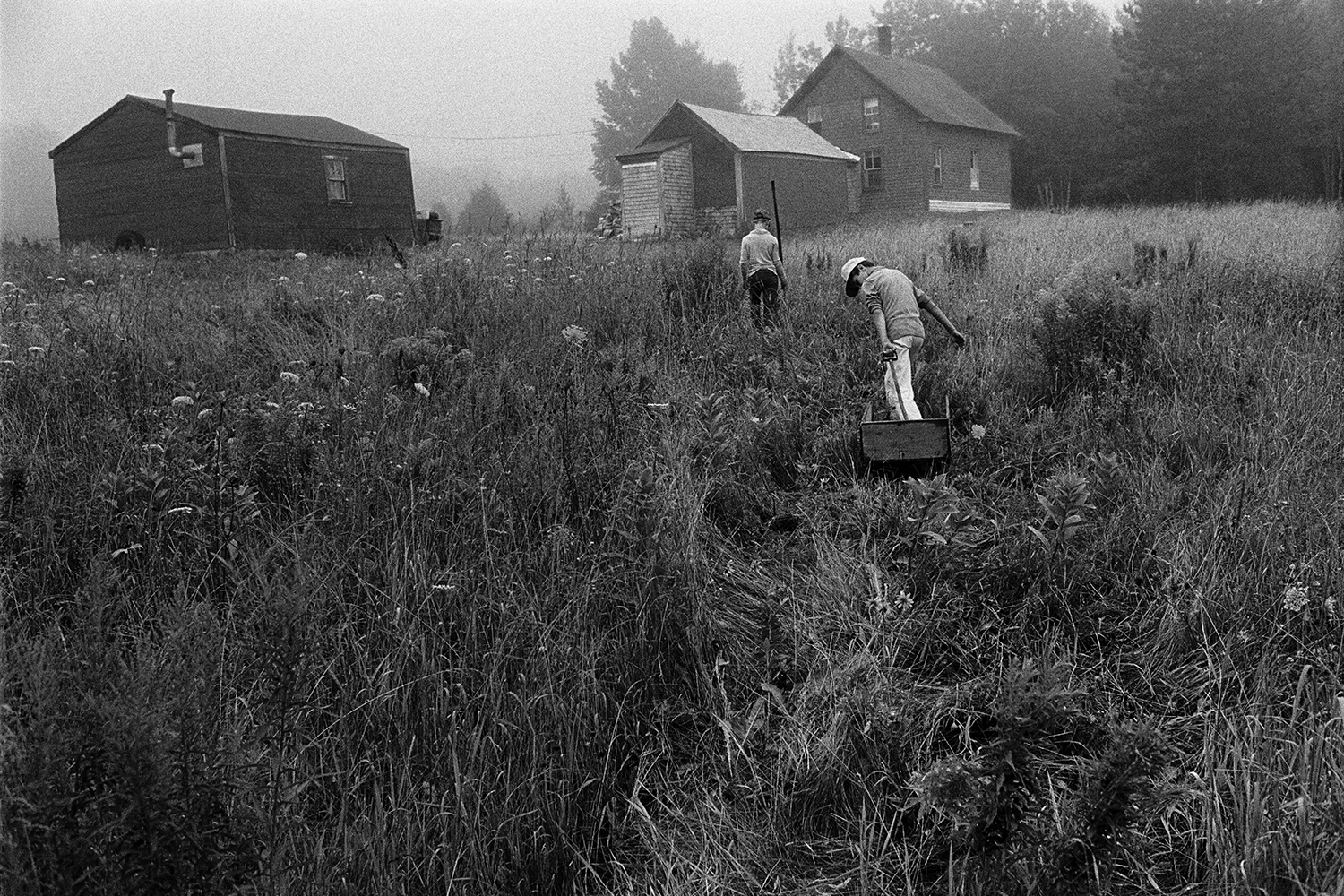
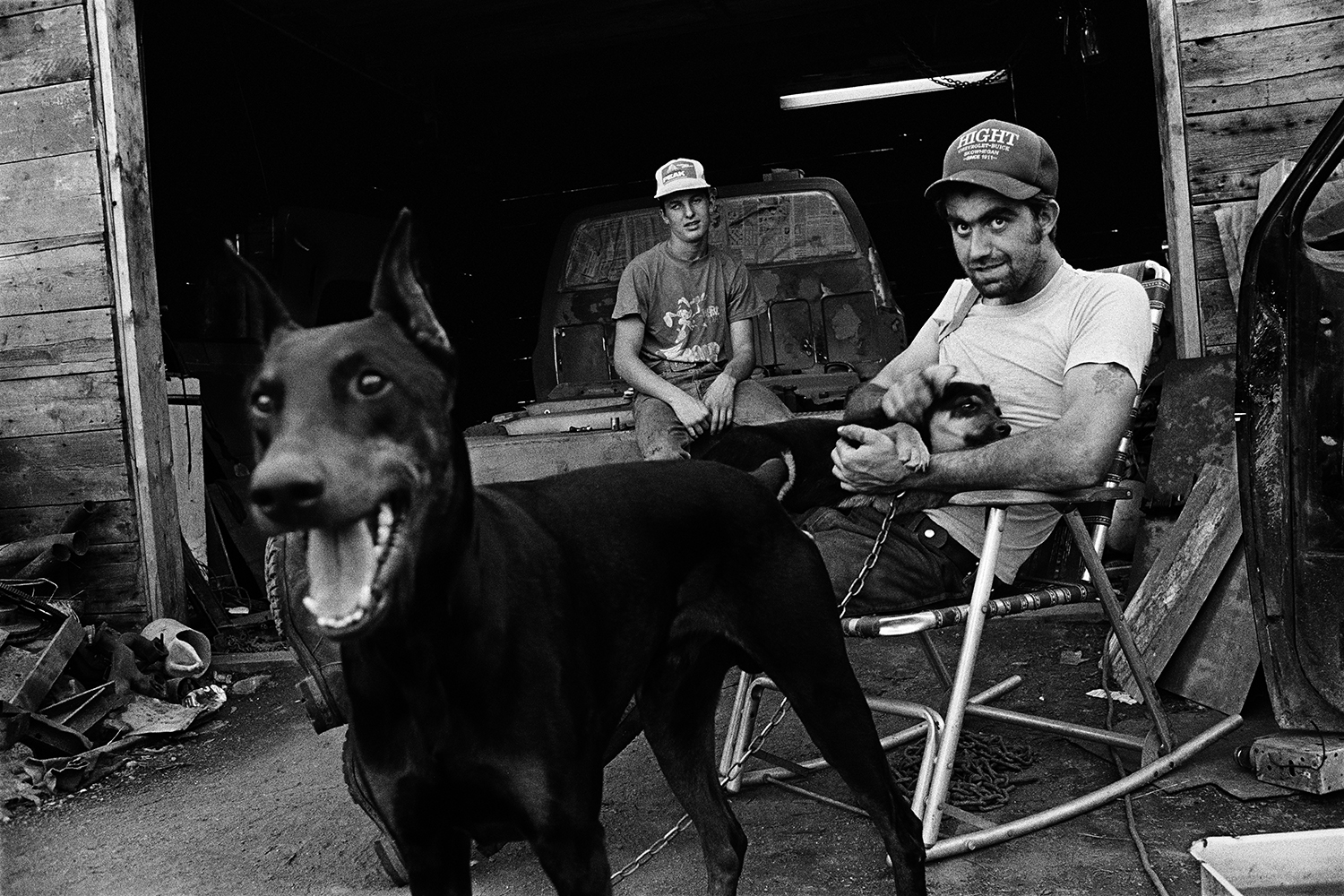






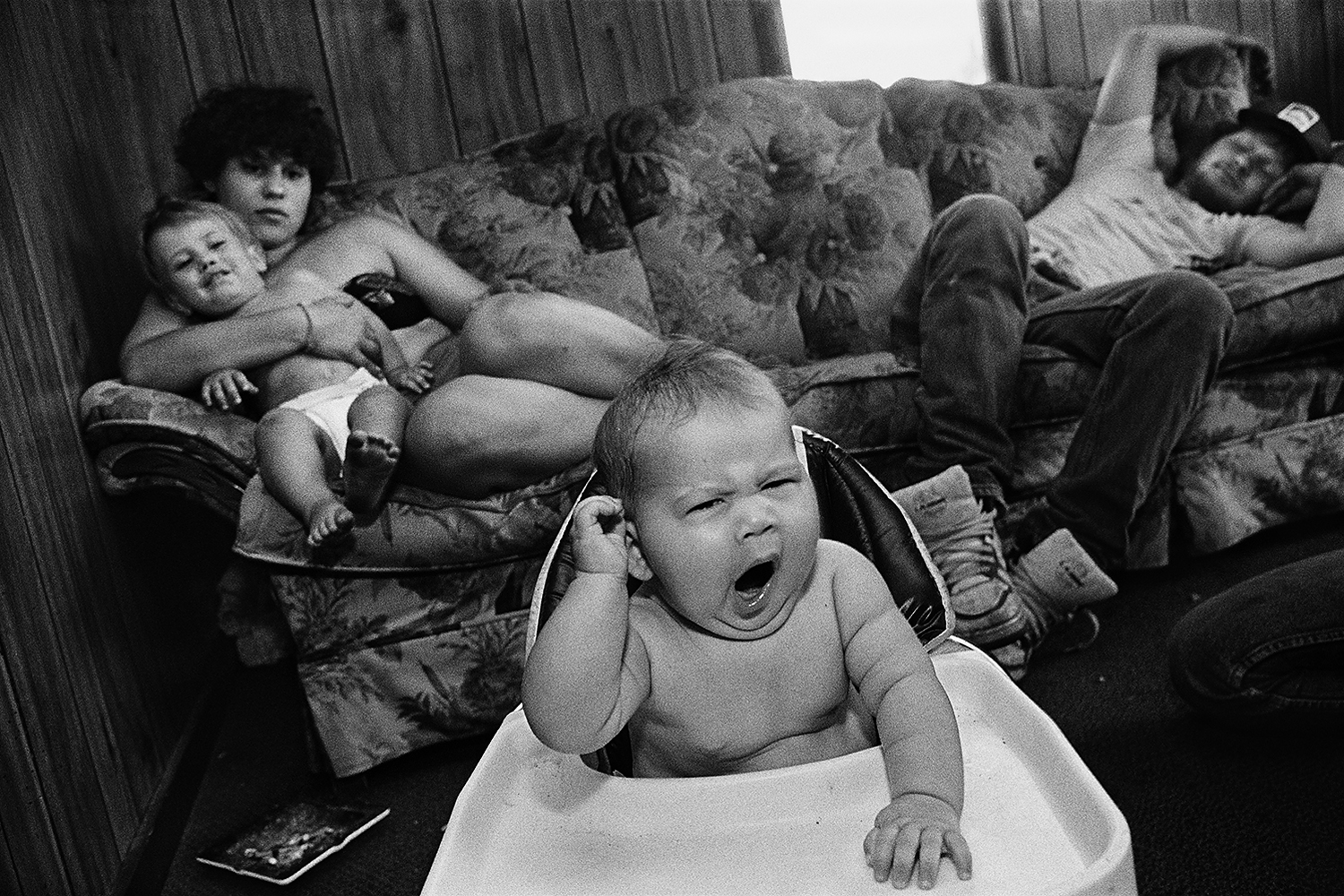
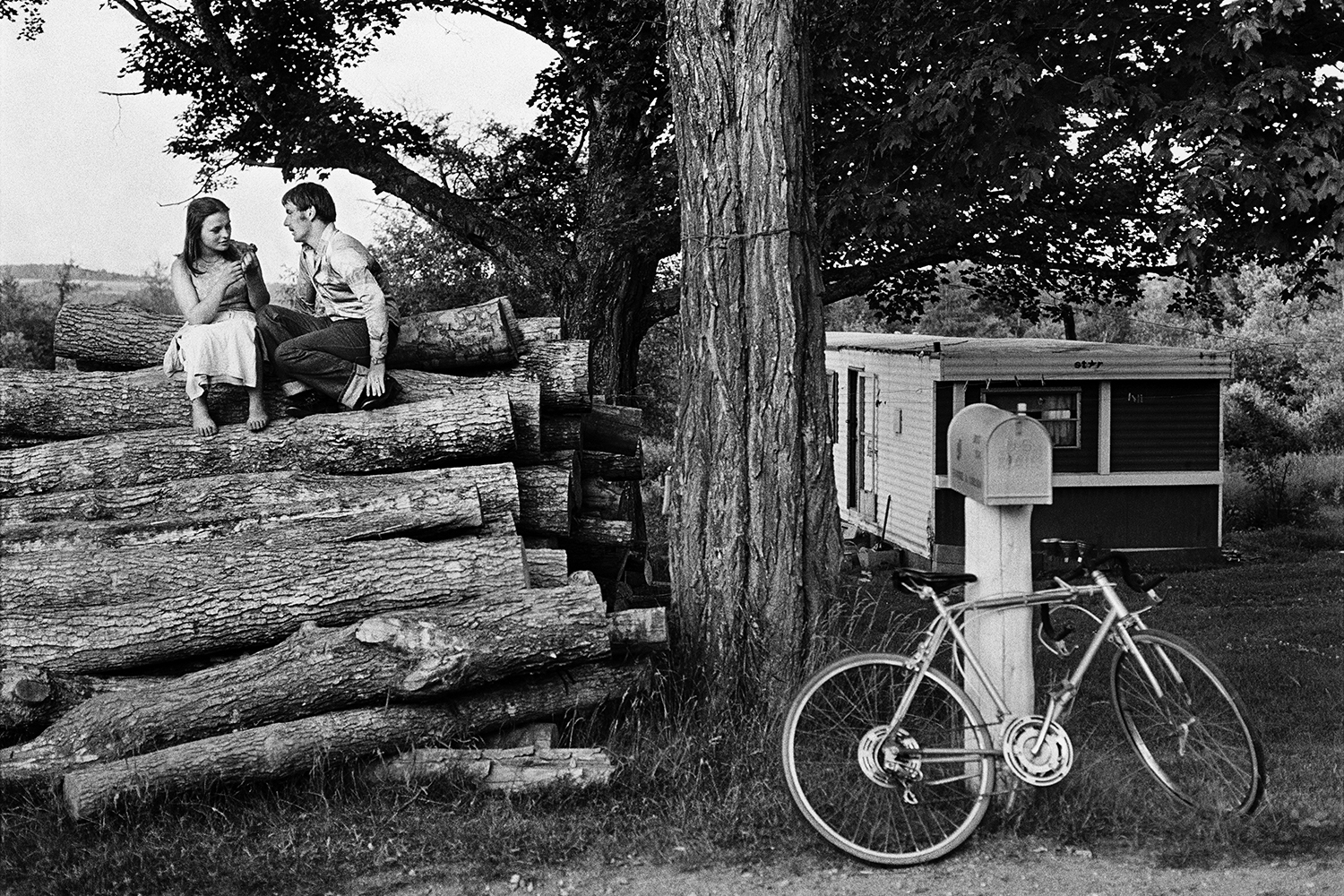
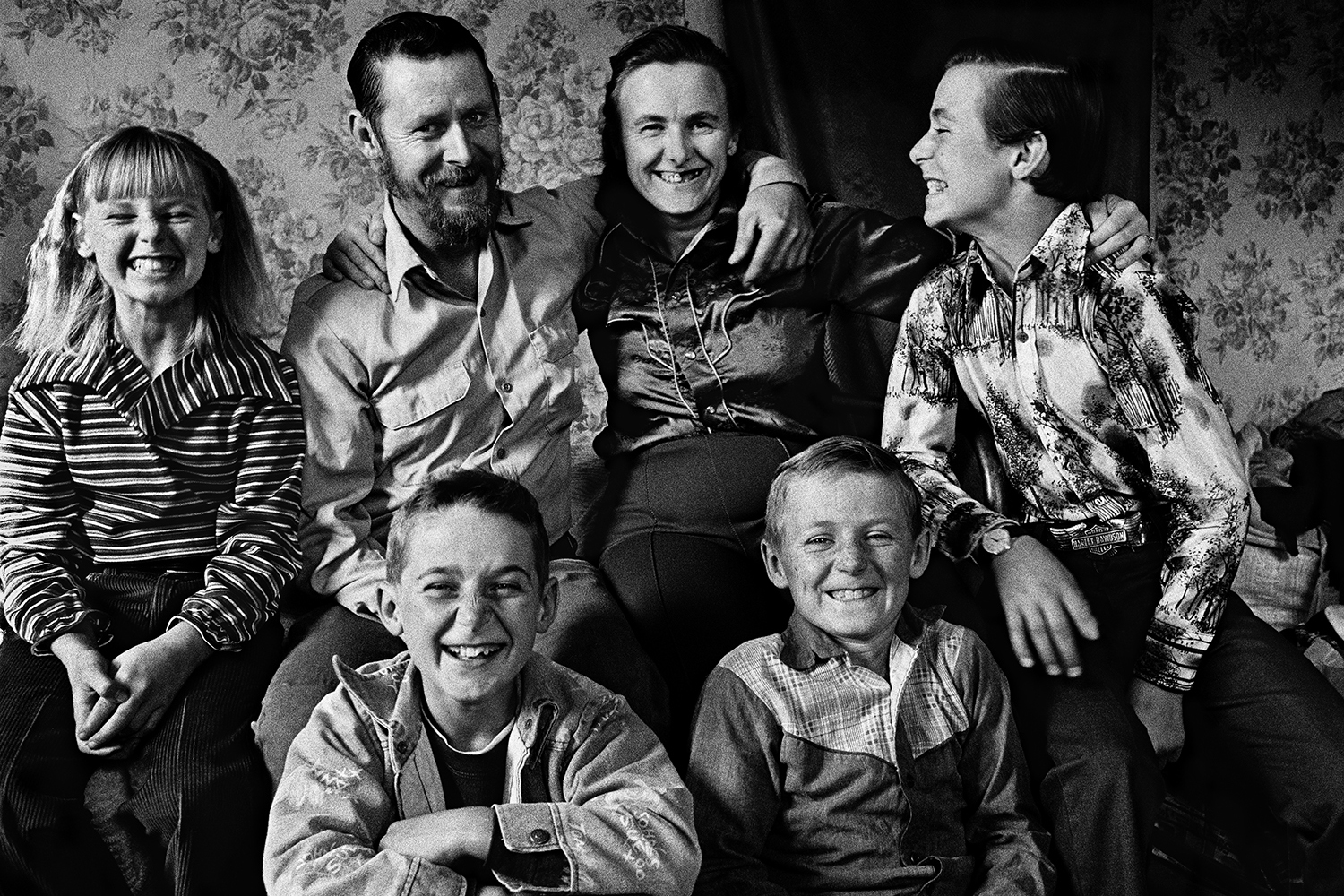

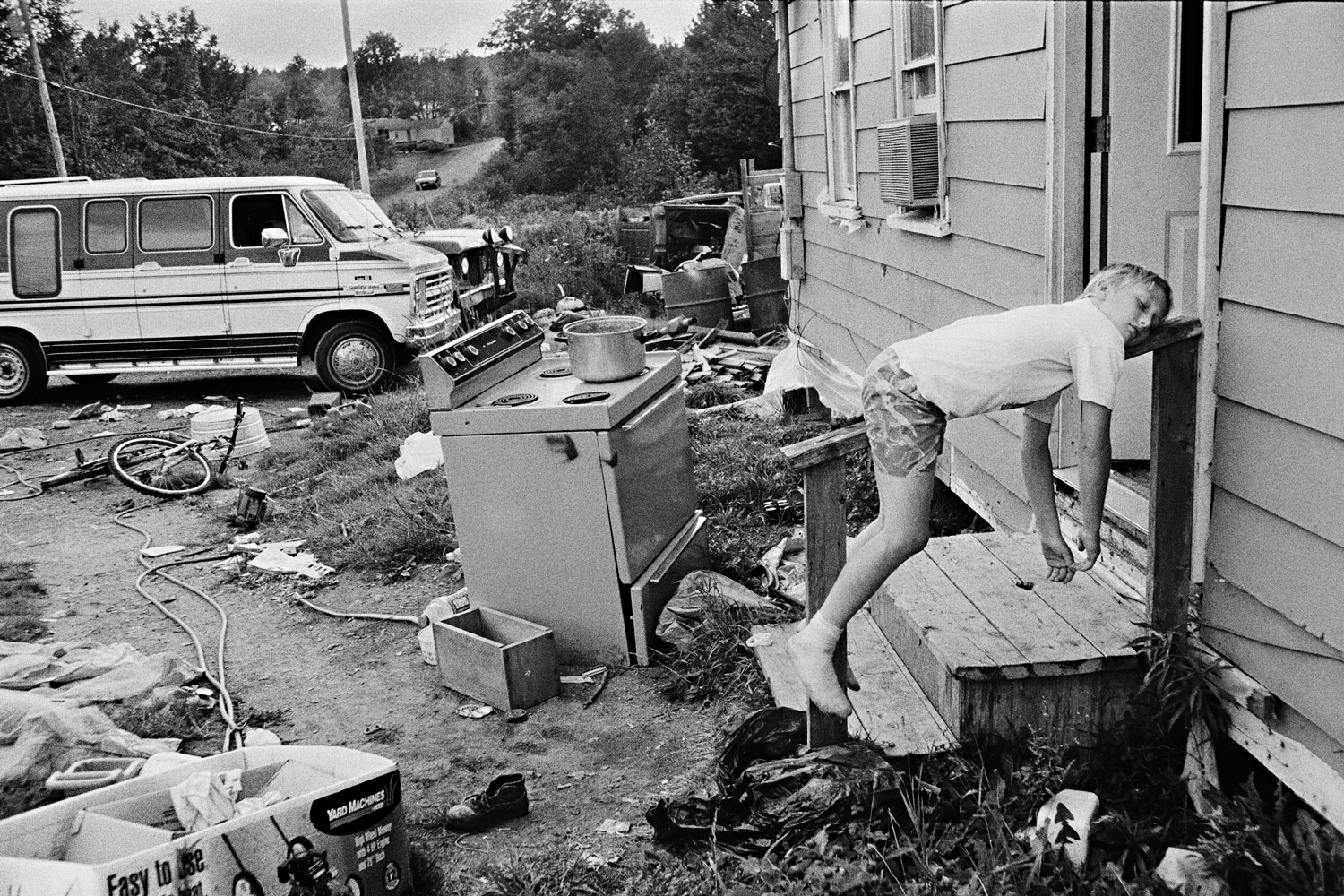
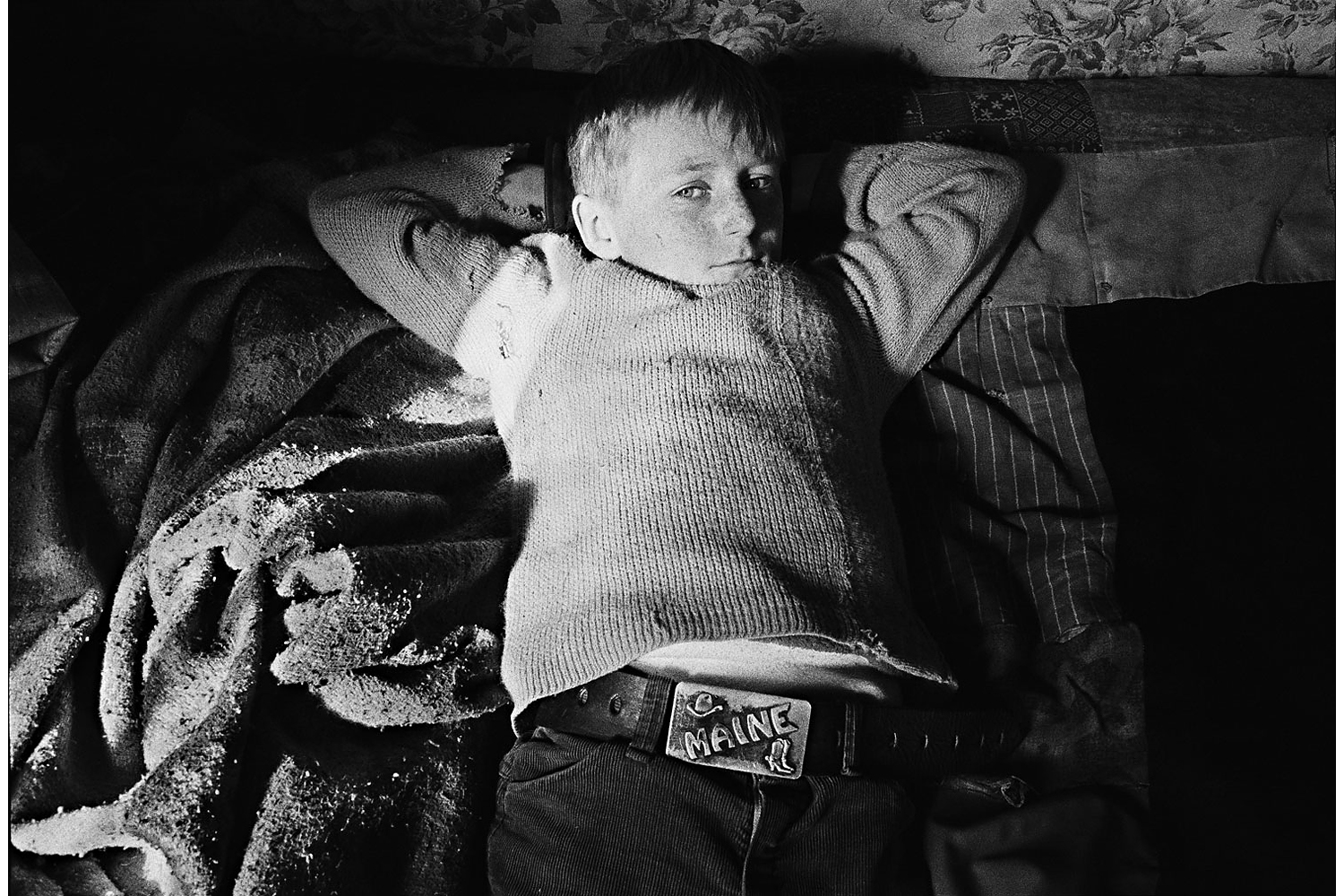
More Must-Reads from TIME
- Inside Elon Musk’s War on Washington
- Why Do More Young Adults Have Cancer?
- Colman Domingo Leads With Radical Love
- 11 New Books to Read in February
- How to Get Better at Doing Things Alone
- Cecily Strong on Goober the Clown
- Column: The Rise of America’s Broligarchy
- Introducing the 2025 Closers
Contact us at letters@time.com